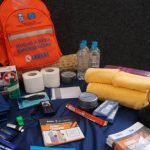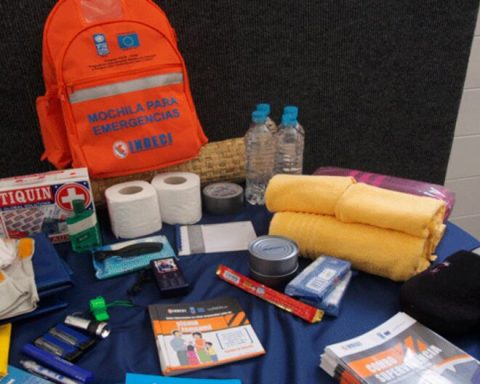The recently declared Marburg virus outbreak in Rwanda has left at least 11 people dead. According to the African country’s Ministry of Health, since Friday (27), when the first case was confirmed, 31 people have been infected. Of this total, 19 are in isolation while receiving treatment. 
“The tracking and testing of people close to those infected are ongoing,” highlighted the ministry, warning of symptoms such as high fever, severe headache, muscle pain, vomiting and diarrhea. Prevention measures include avoiding close contact with symptomatic people and reinforcing hygiene measures.
In a statement, the World Health Organization (WHO) warned that Marburg disease is highly virulent and leads to hemorrhagic fever, with a mortality rate of up to 88%. Belonging to the same family as the Ebola virus, Marburg causes symptoms that begin abruptly, including high fever, severe headache and severe malaise.
“Many patients develop severe bleeding symptoms within a seven-day period. The virus is transmitted to humans by fruit bats and spreads from person to person through direct contact with bodily fluids from infected patients, as well as contaminated surfaces and materials”, explains the ministry.
Epidemic potential
In August, the WHO updated its list of more than 30 pathogens with the potential to trigger an epidemic, Marburg being one of them. According to the humanitarian organization Doctors Without Borders, during the first epidemic of the disease – between 1999 and 2000, in the Democratic Republic of Congo – the fatality rate reached 70%.
Before Rwanda, outbreaks and sporadic cases of the Marburg virus had already been identified in countries such as Angola, the Democratic Republic of the Congo, Kenya, South Africa and Uganda. The average mortality rate, according to the WHO, is around 50%, but has ranged from 24% to 88%, depending on the strain and case management.
“In support of ongoing efforts, WHO is mobilizing information and outbreak response tools, including the provision of emergency medical supplies, to help reinforce control measures implemented to contain the virus,” highlighted the organization.
A first shipment of inputs is expected to arrive in Rwanda in the coming days.
Control Center
On Sunday (29), the Center for Disease Control and Prevention on the African continent (Africa CDC) sent a team of experts to Rwanda to assist in response efforts to Marburg. The entity also works with health authorities in border countries, such as Burundi, Uganda, Tanzania and the Democratic Republic of Congo.
“The Rwandan Ministry of Health urges the population to remain vigilant and reinforce preventive measures, ensuring hygiene, washing hands with soap, sanitizing hands and taking all necessary precautionary measures when in contact with other individuals,” he highlighted. the Africa CDC.
The entity highlighted that, as there is no vaccine or specific treatment for Marburg infection, medications to contain symptoms must be started immediately in any suspected case. “The same infection prevention and control protocols used for other cases of hemorrhagic fever, such as Ebola infection, should be adopted”, recommends the Africa CDC.

















